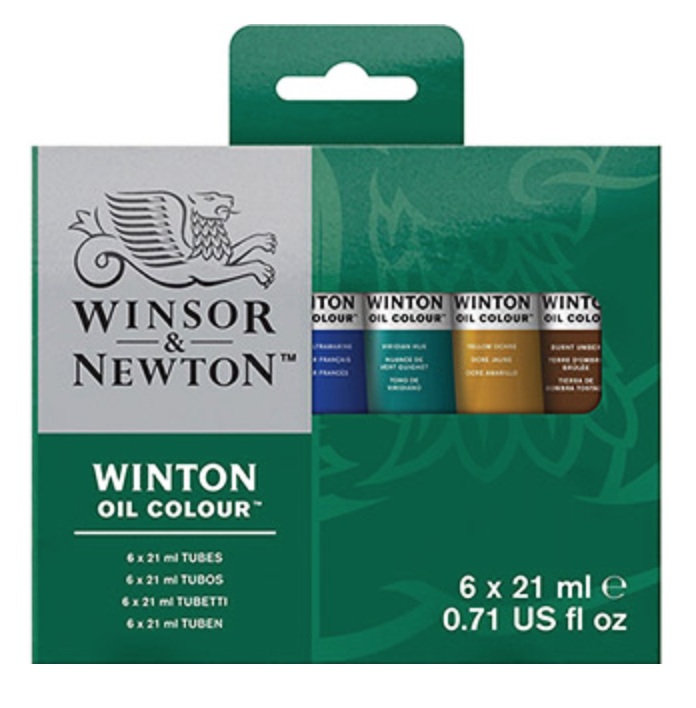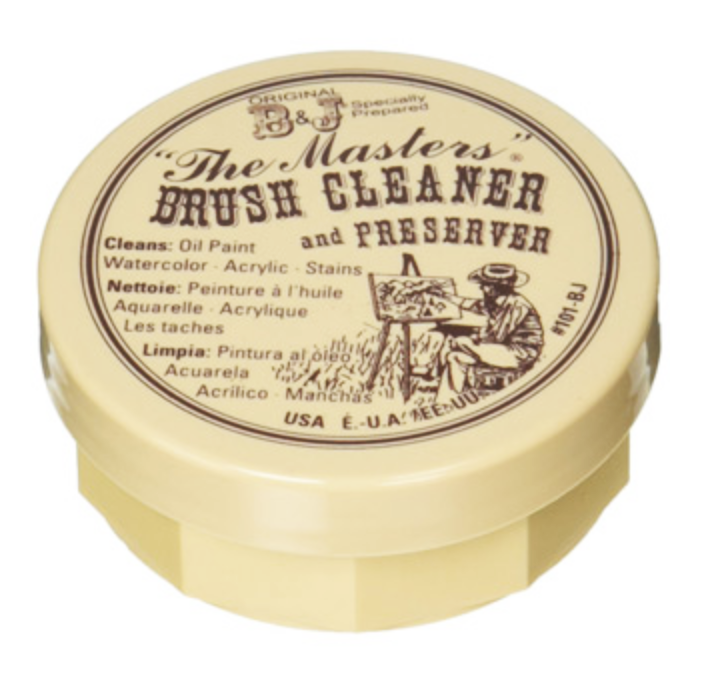|
*This post contains affiliate links. I receive small commissions for purchases made through these links at no extra cost to you. These commissions help me keep this site up and running, in order for me to keep providing helpful and inspiring art content. :)
Are you curious about painting with oils but find them a bit intimidating? Do you feel that there are too many "rules" that you'd have to follow and that they would make the painting process anything but enjoyable? Are you tired of running into oil painting tutorials online that are far too technical and confusing to the point that you start tuning out and not want to learn the medium at all? When I was first starting my oil painting journey, I got very confused and overwhelmed as I tried to learn from instructional articles and videos I found online. There were so many different types of mediums and solvents one could use, so many ways one could go about using them, and so many rules to follow in order to ensure effective drying of paint layers. Not to mention, professional oil painters have different tips to offer which sometimes even contradict each other. In today's post, I'll be sharing my current process for creating still life oil paintings. I'll share the specific things I have in mind when creating my photographic reference, what I do to prepare before starting to paint, and the general steps of my painting process. Still life is a subject I highly recommend all beginners to delve into when they are first starting to paint with any medium, as it allows us to practice not only compositional arrangement, but specific fundamental art skills like proportion and value placement. This post also includes a painting time lapse video where you can see me create a complete painting from start to finish using my alla prima method! What I have come to realize, after having explored oil paint first-hand and tried out a few different mediums and methods (and even ruined a few paintings in the process) is that there is no "right" or "wrong" way to go about creating an oil painting. It is up to each artist to explore different supplies and methods until he/she arrives at what he/she is most comfortable with. It's a matter of not being afraid, experimenting, and slowly but surely arriving at the specific techniques that will enhance and work in favor of our particular painting style. This is not to say that you should completely disregard the most basic rules and safety measures, of course, like making sure you're working on a primed surface, following the "fat over lean" principle in order to ensure your painting will dry effectively, working in a well-ventilated area and avoiding having paint, mediums or solvents on your skin. However, once you've understood these basic aspects of oil painting (and probably ruined a few pieces for yourself) you'll most likely find oils very enjoyable! I've heard a bunch of reasons that people come up with to turn away from oils and reach for acrylics instead. Some of them are: 1. They are too expensive! There are both student-grade and artist-grade oils, the same way there are for acrylics and watercolors. Winsor and Newton is a brand that offers great quality products for beginners at accessible prices. *See supplies included in this post. 2. You need way too many supplies when compared to other kinds of paint! What you need to understand is that the use of oil painting mediums is a choice, not a necessity. There are artists that don't even use mediums at all. Even the use of solvents is a choice, as you can use alternatives to clean with. There are people that even use regular dish soap to clean their brushes! 3. They are toxic and harmful for the environment! Oil paint is a mixture of pigment and linseed oil, which isn't toxic. Different color pigments have different toxicities, whether you're using oils, acrylics or even watercolors (unless you're using the super cheap Crayola-types). So you have to take safety measures with any kind of paint you use. What makes oil paint potentially more harmful to our health than say, acrylics, are the thinners and, possibly, mediums we use with them. If you're worried about toxicity and harming the environment, simply don't use thinners and mediums, or look for brands like Gamblin that create completely non-toxic products. Don't believe me when I say that mediums and solvents are optional? Check out this video from JerrysArtarama in which an experienced artist explains how he avoids using them altogether in this work. 4. They are a hassle to clean! Are they, really? I find cleaning up acrylic paint even more frustrating, as it dries fast and hard on everything! Oils at least remain wet and they can be removed from most surfaces very easily with any kind of thinner. I personally find acrylics more of a hassle to clean because, even though it can be said you need only water and soap to clean them, you need to clean them right away or anything hardens almost immediately. With oils, there is no problem if you continue working and take care of the cleaning at the end. 5. They take too long to dry! Depending on how you work, you may find this a negative thing or a VERY positive thing. Oils' slow drying properties allow the artist to create awesome effects. However, if you need your paintings to dry faster, there are a variety of mediums you can add to your paint in order to make your paint layers dry in a day or two. Two of these mediums are Liquin from Winsor and Newton and Galkyd by Gamblin. 6. There are too many technical aspects involved! As I mentioned before, don't allow yourself to get confused by tedious explanations from artists that have been doing this for decades and have very specific ways of working. I highly recommend learning the basic do's and don'ts and tuning out all other specific recommendations that are right according to one artist and wrong according to the next. Stick to what matters and tune out the rest. You'll learn along the way. Great Basic Oil Painting Supplies for Beginners Aside from these supplies, you don't really need to buy much else! You probably already have everything else you'll need at home or can DIY it. For example, you can create a paint-mixing palette by carefully removing the glass from an old picture frame (cover its edges with masking tape so you don't cut yourself while painting). Find some disposable gloves that you use for cleaning (or you can do as I did and use the ones that come in hair dye boxes -haha). Use regular kitchen paper towels for staining your canvas and/or cleaning, and dish washing soap to wash your brushes when your done.
If you enjoyed this video and found it helpful, make sure to subscribe to my YouTube channel. I share a brand new video every week with art tips, drawing and painting tutorials and mindset/productivity tips for artists. *Subscribe HERE*
My Still Life Painting Process
|

www.erikalancaster.com
is a participant in the Amazon Services LLC Associates Program, an affiliate advertising program designed to provide a means for sites to earn advertising fees by advertising and linking to amazon.com. www.erikalancaster.com is a participant in the Shareasale.com Affiliate Program, an affiliate advertising program designed to provide a means for sites to earn advertising fees by advertising and linking to Shareasale.com partner companies. |




























 RSS Feed
RSS Feed

